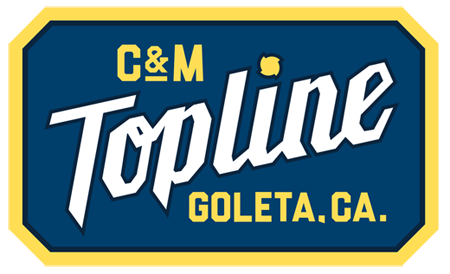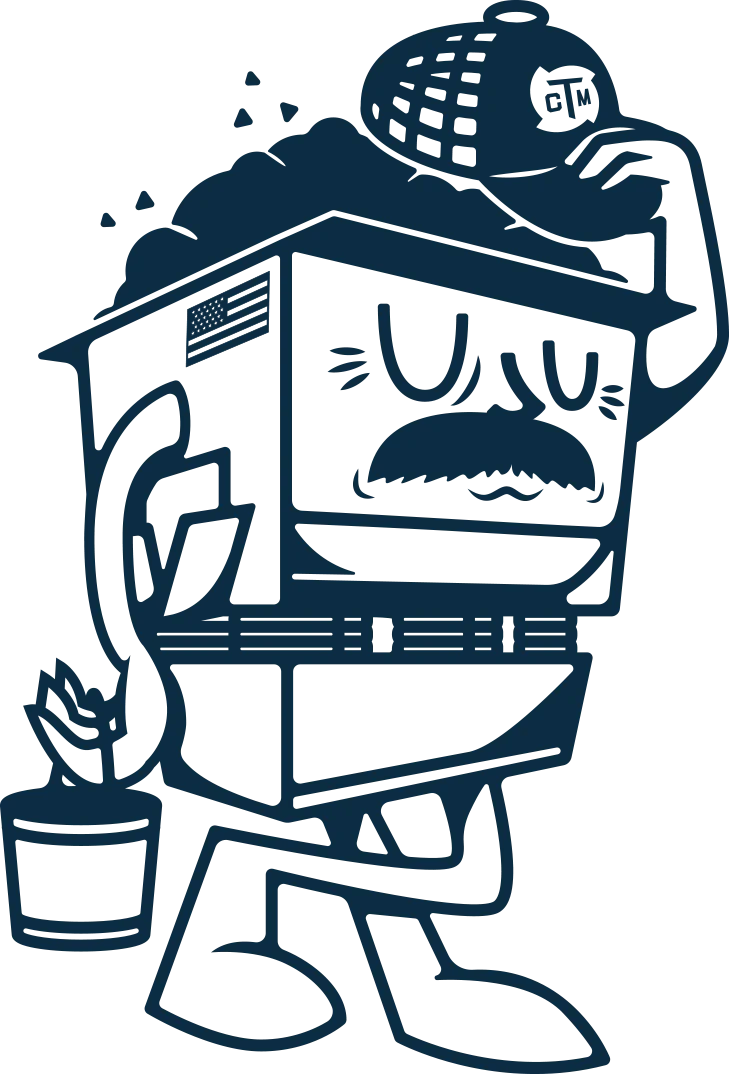Selecting the Right Tumbling Media
First of all what is Tumbling Media?
The term “Media” is commonly used to describe any material that is used to impart an altered appearance or finish to another material or part. This is typically an abrasive process for removing unwanted machining edges but media’s can also be selected for their ability to surface finish, form radii, polish, clean, or de-grease.
Medias are typically a preformed abrasive which is a rigid molded shape or cut extrusion which contains a bonding agent and a specified formulation of abrasive particles for material removal. Preformed media works by continuously exposing the abrasive particles as the bonding agent wears during use. The wear generally occurs evenly across the entire geometry of the media such that the overall shape of the media remains constant. The media factors that determine the surface finish of a part are:
- Media Shape
- Media Size
- Abrasive Particle Size Within the Media and
- Mineral Composition
Media Selection
Selecting a media type that optimizes 1 through 4 above is determined by many factors and often times requires process trials and error to perfect. The following are some of the things to consider when selecting a tumbling media
- The part material and what process is needed to be performed (ie. Deburr, burnish, polish, clean)
- Ceramic media is best for heavy cutting and hard metals like steel. Ceramic media will better support very heavy parts than plastic media. Ceramic media works best for deburring hard burrs or when a small media is needed. Ceramic media is also best for most plastic parts where a tough abrasive is needed. Formulations of ceramic vary from a light cut with minimal abrasive for imparting surface finishes and cleaning to a heavy DF with a high volume of abrasive particles for fast deburring.
- Porcelain media is a type of ceramic media. It is usually white in color and is generally available in spheres and in cylinder shapes. Porcelain is used to burnish and brighten metallic parts. Often a burnishing process will require two steps. The first step being the cut down with a deburring ceramic or plastic in order to remove machining marks and burrs followed by the porcelain burnish. Spheres are usually best for burnishing softer metals like aluminum while cylindrical pins work best on harder materials like steel
- Dry medias are generally used for polishing to a bright high shine. A dry media can be a corn cob or more commonly a walnut shell broken down and impregnated with polishing rouge wax. This process is down after a cut down and burnish process to get to the highest polish possible in a tumbling machine. The dry polish tumble process is usually many hours longer than a wet process and varies by media, metal, and desired shine. Typical run times are 12 hours and more.
- Plastic media is used for softer metals like brass and aluminum. Plastic media generally produces a smooth matt finish that doesn’t shine. Plastic media is good for preparing parts for anodizing. Plastic gives a high quality surface finish that isn’t discolored. The edge break capability is less than that of ceramic but is best on most soft aluminum alloys like 6061. Alloys like 7075 are best run with a high abrasive Z1 plastic formula or a ceramic media.
- The overall size of your part
- Larger parts generally require larger sized media. Larger parts usually have larger machining marks and burrs while smaller parts are best ran with smaller media. Large media can damage fragile parts but will give a rapid cut and courser surface to larger parts.
- Size a media so that it can be easily separated from your parts. Select a media that can be separated using a screen
- The size and type of your parts features
- Do the features on your part require a deburr or finish? How big are those features and what size media will reach those features?
- Select a media size that will reach your desired features but will not become lodged in your part. For example, a media with a dimension equal to 0.5” will likely become lodged in a through hole that is 0.5”. It is best to undersize by 1/3 or oversize the media based on a potential lodging point feature. The shape of the media will help reach into features while prohibiting lodging
-
Cones, angle stars and pyramids are best for reaching into an area while not becoming lodged. Angle cut cylinders are best for passing through holes
Note on Media Size: *Exact media size may vary slightly but will not affect functional operation
Selecting the right tumbling media may take some trial and error. If you’d like C&M Topline to help you evaluate your part please see our Part Testing and Evaluation information
Sources:
Wenino, Patrick. Metal & Composite Finishing: Introductory to Mechanical Finishing. Patrick Wenino, 2012.
"Tumbling Media Selection Guide" Kramer Industries Inc, 2005-2017 http://www.kramerindustriesonline.com/finishing-guides/tumbling-media-selection-guide.htm.

